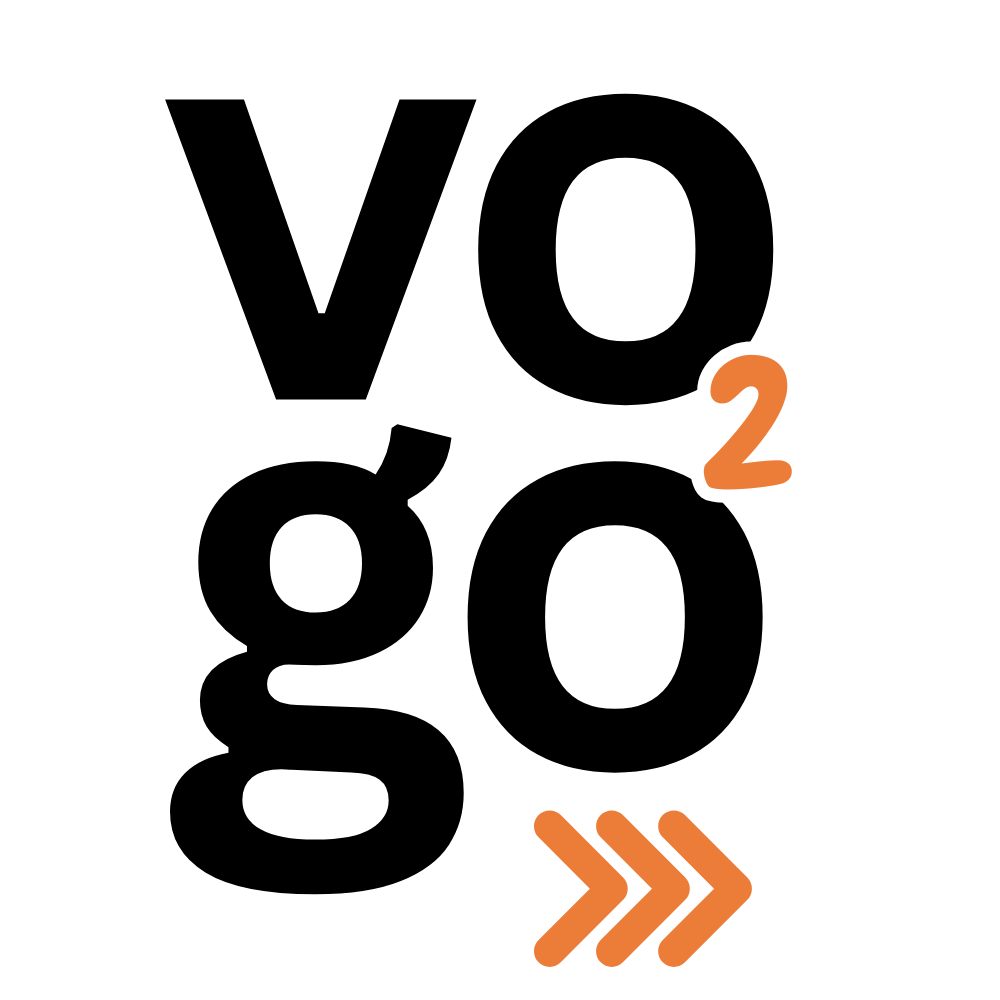If you care about lifting heavy and building strength, your heart health should be part of the conversation. VO2 Max isn’t just relevant for runners and cyclists, it plays a key role in overall performance, recovery, and long-term cardiovascular resilience.
Let’s break it down: your heart is an involuntary muscle that contracts in two phases: concentric (the squeeze) and eccentric (the stretch). Both are essential for pumping blood efficiently and keeping your cardiovascular system strong and adaptable. Think of it like a bouncy ball: it needs both the squeeze and the rebound to keep moving well.
When you lift heavy, you create pressure overload. This leads to concentric hypertrophy – your heart walls and arteries get thicker, but the inner chambers stay the same size. That’s not a bad thing, it builds strength and stability but it’s only part of the picture.
Cardio training creates volume overload, which causes eccentric hypertrophy. That means the heart chambers actually expand, improving blood flow and endurance. It’s like strengthening the walls of a balloon (resistance training) versus expanding the size of the balloon (cardio training). You need both for a strong, efficient system, which means more capacity, less risk of bursting.
Your VO2 Max gives you a snapshot of how well your heart and lungs are supporting your training. It can show you where your current routine might be out of balance – if you’re overdeveloping one side of the equation while neglecting the other.
Bottom line? If you’re serious about strength, make room for conditioning. A stronger engine means more reps, better recovery, and a body that performs just as well outside the gym as it does under a barbell.

